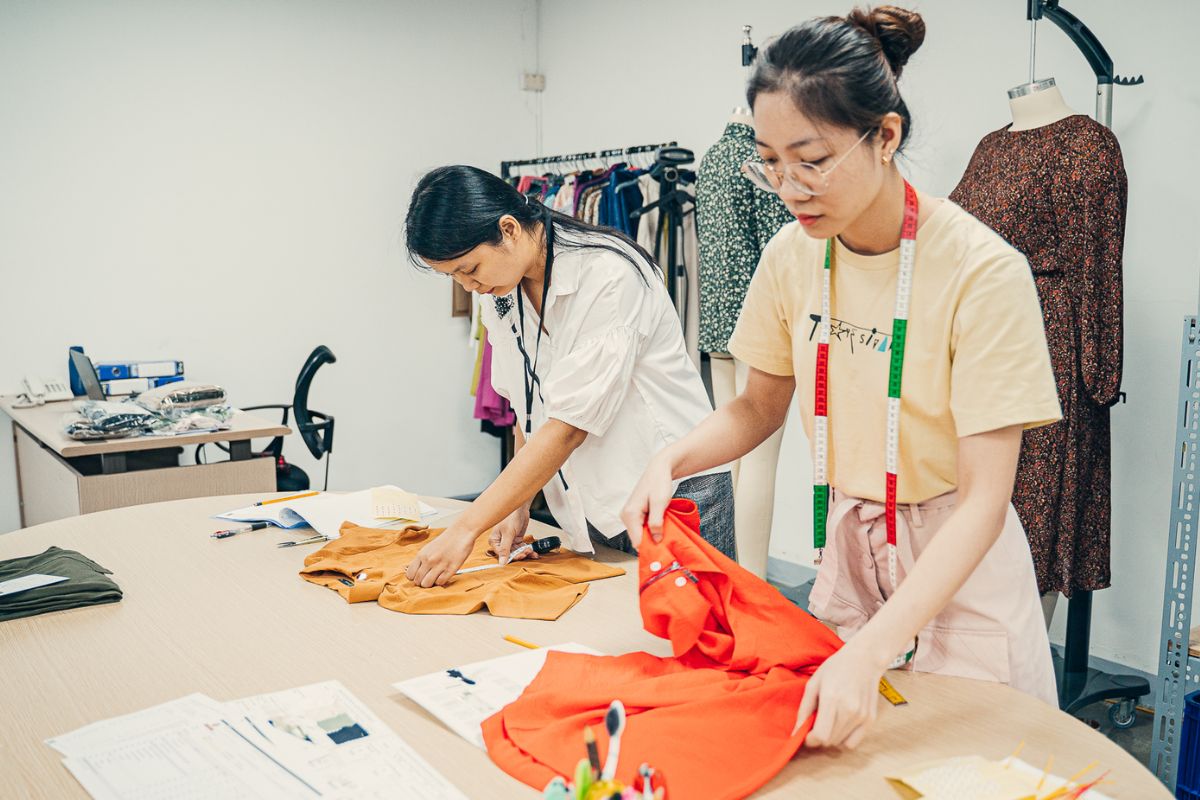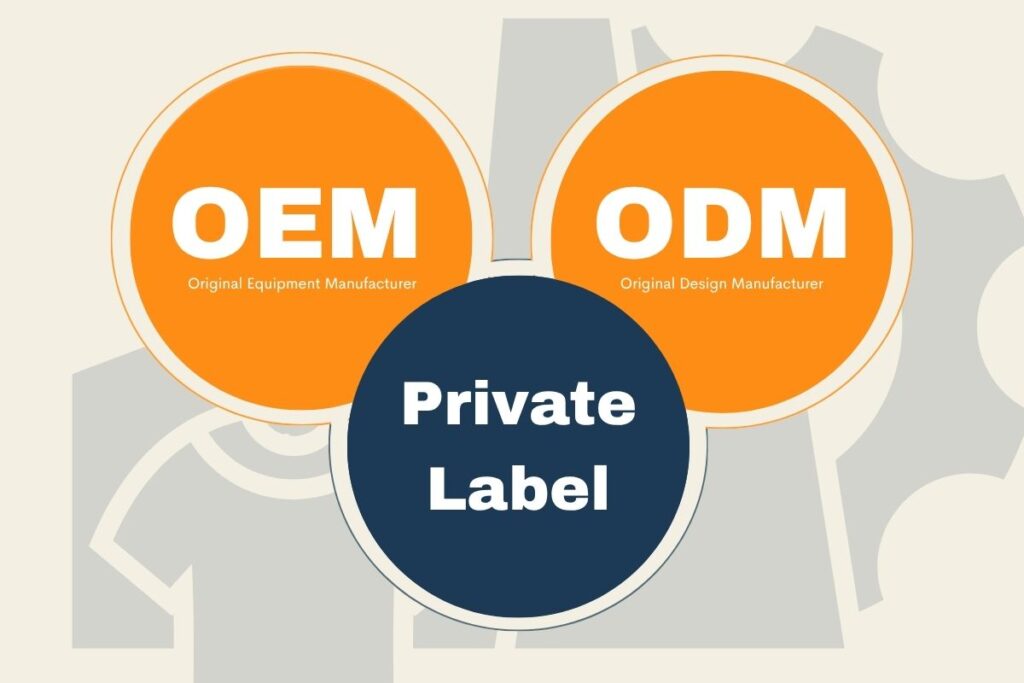In the apparel manufacturing industry, the models of OEM, ODM, and Private Label define how garments are produced and branded. Each model determines how much control a brand maintains over design, production, and quality. Understanding these terms allows businesses to select the right manufacturing strategy for efficiency, scalability, and consistent quality in today’s global fashion market.
What is OEM in apparel manufacturing?
The OEM (Original Equipment Manufacturer) model enables brands to collaborate with a factory that produces garments according to the brand’s own design, materials, and quality requirements.
In this garment manufacturing process, the manufacturer executes production exactly as specified by the client, allowing brands to focus on sales, distribution, and marketing. This model provides creative freedom while optimizing time and cost in large-scale manufacturing.
Advantages:
- Reduces cost when producing bulk orders.
- Provides complete control over garment design and specifications.
- Guarantees originality and product exclusivity.
Disadvantages:
- Requires significant investment and consistent customer demand.
- Best suited for companies managing large production volumes.

Definition of ODM in the garment industry
ODM (Original Design Manufacturer) refers to a model in which the factory designs and produces ready-made garments that retailers can brand as their own. These designs originate from the manufacturer’s research and development (R&D) process. ODM allows brands to enter the market quickly without investing in design or pattern creation.
Factories using this model often provide ready-to-sell designs that retailers can slightly modify to align with their brand. ODM is widely used by businesses seeking to expand product ranges efficiently.
Two major ODM approaches are Private Label and White Label production.
Advantages:
- Saves time and cost by avoiding design and R&D expenses.
- Enables faster production cycles and market entry.
- Ideal for businesses seeking efficient sourcing solutions.
Disadvantages:
- Limited product uniqueness.
- Less flexibility in modifying designs or switching suppliers.
Private label clothing manufacturing
Private Label production involves working with a clothing manufacturer to produce garments that carry the retailer’s own brand name. The factory oversees production, while the retailer focuses on marketing, packaging, and sales. Private Label offers a balance between brand ownership and operational efficiency, functioning as a focused form of the OEM model.
Advantages:
- Complete authority over branding and quality.
- Higher profit margins due to direct ownership.
- Builds long-term customer loyalty through exclusive apparel lines.
Disadvantages:
- Requires more time for product design and setup.
- Effective only with bulk order quantities.
- Increased inventory management responsibility

Quick comparison table of OEM vs ODM vs Private Label
|
Pros |
Cons |
Best for |
|
|
OEM |
Full customization, complete product ownership, strong brand differentiation | Higher cost, longer production timeline | Established brands seeking unique, high-quality garments |
|
ODM |
Cost effective, minimal design work, faster market entry | Limited design control, reduced uniqueness | Retailers expanding product lines efficiently |
|
Private Label |
Strong brand ownership, higher margins, customer loyalty | Longer setup period, inventory risk | Retailers with established brand identity and customer base |
Capital World Group – Your trusted OEM manufacturer
Capital World Group targets brands seeking a Vietnam apparel manufacturer with end‑to‑end supply‑chain control. The company maintains vertical management, rigorous QA and QC systems, and an integrated supply chain to ensure precision and consistency in every garment produced.
For dependable OEM solutions and scalable production solutions, contact us for a consultation with an experienced manufacturing partner.

